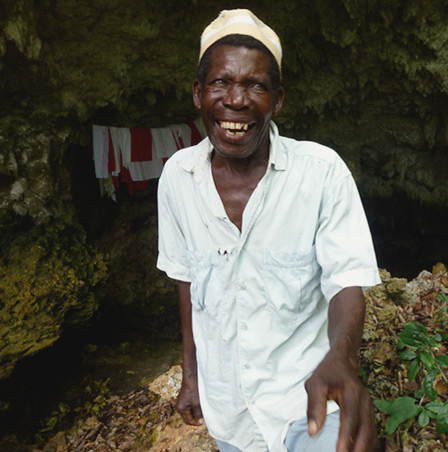Aims and objectives
The Aims and Objectives of SNSI are based on the SNSI organizational Mission and its Vision for the future of sacred natural sites (see below). All are currently under refinement.
The overall aim of the Sacred Natural Sites Initiative is:
“To assist the protection, conservation and revitalisation of sacred natural sites through the support to their guardians and communities.”
Within this overall aim the Initiative has developed 5 objectives:
1. To support the long-term protection, conservation and revitalisation of sacred
natural sites and their biocultural significance.
2. To be a guardian guided initiative and to assist bringing their voices to wider
audiences, promote dialogue and to play a bridging role with key decision
makers.
3. To collaborate with partners in the nature conservation community and more
widely to promote understanding, field-based action, policy development and enhanced resourcing towards the conservation of sacred natural sites;
4. To engage with stakeholders, sectoral interests (e.g. forestry, mining, tourism,
etc.) and the wider public to promote awareness, and respectful relationships
with guardians of sacred natural sites.
5. To work towards and where appropriate support networks of like-minded
organisations and custodians active in the sacred natural sites conservation.
Working mission and vision
The SNSI Vision for sacred natural sites in the future is operationalized through the SNSI Mission on which the above Aims and Objectives have been based.
This Mission for SNSI as an organisation serves to enable the Vision for sacred natural sites.
1.
Custodian-Guided: To realise an initiative on sacred natural sites advised by
guardians.
2.
Support: Support guardians and communities to preserve, protect, conserve
and revitalise sacred natural sites,
3. Partnerships, networking and cross-cultural exchange: Work closely with
partners and engage in strategic networking support and facilitate cross-cultural
exchange that supports and strengthens SNS guardians.
4. Conservation: Engage the conservation community in recognition, protection,
conservation and revitalisation of sacred natural sites and sensitise them to their
cultural, spiritual and biological importance
5. Provide openings: Opening spaces at international and national level for
guardians and their representatives to articulate and communicate their
aspirations regarding their sacred natural sites in curbing the threats, pressures
and impacts they perceive,
6. Influence policy: Influence national and international policies for the
recognition of guardians rights and conservation of sacred naturals sites,
7.
Facilitate dialogue: Enable and facilitate dialogue and cross-cultural
exchange between guardians themselves, decision makers and other
stakeholders (mining, forestry, tourism),
8. Generate resources: Generate resources and guidance (methods and
approaches) that assist custodians and communities with the conservation of
their sacred natural sites.
The vision is of a future, which SNSI will work towards.
1. SNS Protected and respected: Sacred natural sites are well respected and
protected at the local, national and international level with endorsing and
enabling laws and policies;
Mutual respect: Different spiritual and faith, religious traditions respect each other at sacred natural sites.
ii. Conservation: Conservation community engaged and supportive;
iii. Development: Mainstreamed and respected within development processes.
2. SNS form networks: Sacred natural sites form nodes or points in social-ecological networks that are resilient, adaptive and well connected.
3. Healthy nature: Biodiversity is preserved, conserved, or when necessary, is
recovered through restoration and preventive measures to secure their integrity.
In this regard the conservation community is very supportive.
4. Custodian self-determination: Custodians make their own decisions, have the
capacity and strength and are listened to and supported by other stakeholders.
5. Community well-being: Community well-being ensured related to sacred
natural sites.
6. Cultural and spiritual continuity: The living religious and cultural heritage is
preserved, conserved, or restored in line with the aspirations of the guardians
and their communities.




